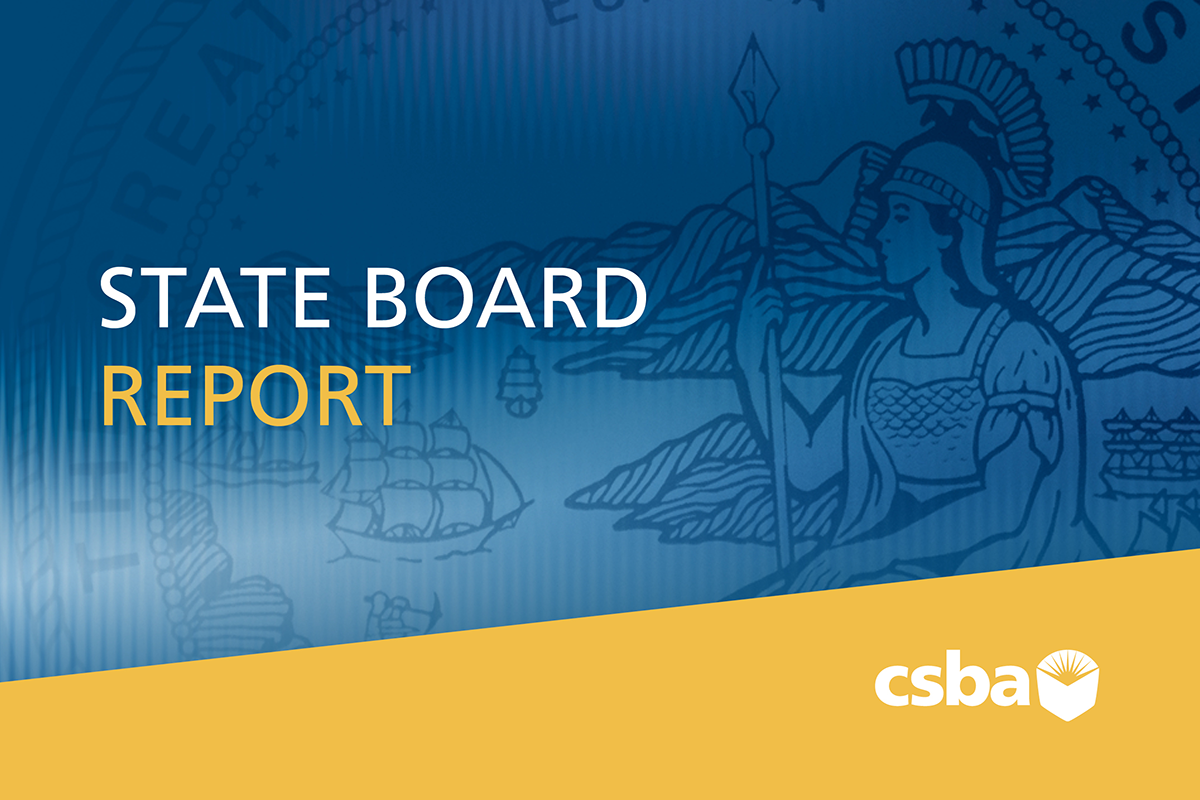With youth mental health needs at an all-time high, it is critical that education, health and other necessary sectors come together to ensure children and young adults have access to resources and services, according to state health officials.
The State Board of Education recently received an overview of the Children and Youth Behavioral Health Initiative, presented by Dr. Mark Ghaly, secretary of the California Health and Human Services Department.
The initiative is part of California’s Master Plan for Kids’ Mental Health, announced in August by Gov. Gavin Newsom as a long-term investment to ensure all children, parents and communities have increased access to mental health and substance use services.
“It represents a fundamental overhaul in the infrastructure available to young people, building on what we have today, but certainly filling in a whole host of gaps,” Ghaly said. “I think we’re most concerned about ensuring that we take down the silos that for so long existed between health, schools and other systems that impact young people. For far too long, I think the health system has seen this opportunity to leverage the education system and the schools where kids are to get our work done — whether it was health screenings or having health services delivered in schools. When it comes to behavioral health though, I think there is a real opportunity to talk about how schools and the education community can better leverage us on health to help meet the needs that are more and more evident in the classroom.”
Data show that mental health issues are now the leading cause of hospitalization for California children under the age of 18. Additionally, one in three students in grades 7 and 9, and almost half of 11th-graders experienced chronic sadness in the 2020–21 school year. It’s estimated that 10 percent of youth between the ages of 12 and 17 suffered from at least one major depressive episode in the last year, and suicide rates for California youth ages 10 to 18 increased by 20 percent from 2019 to 2020.
School-based vs. school-linked
To more effectively address the children’s behavioral health crisis, leaders across state, health and education sectors need to come together to support students where they’re at — but as Ghaly noted, that can’t mean schools shoulder most of the weight. To be a true collaboration, various partners must understand one another’s limitations. For many schools, limitations often include a lack of space and resources.
“Often people want to focus on school-based, but I know that it’s challenging to find the space, to find the time, to find the resources to be able to do everything on a school campus. And some schools may have that capability today, others may not,” Ghaly said. “If we’re trying to create an equitable system across the state, we can’t depend on everything done for a young person [to take place at school]. So how do we make sure they’re at least school-linked? And make sure that this linkage is robust, that it doesn’t mean that it’s harder or less likely to happen that a young person can access those services. Yes, we want to figure out where there are opportunities when it’s appropriate to have resources on site, but if that’s not possible it doesn’t mean that there’s not a strong opportunity for partnership.”
The board approved California Community Schools Partnership Program (CCSPP) Regional Technical Assistance Centers awards and the proposed 2022–23 CCSPP Administrative Plan, which details interim technical assistance efforts, county office of education coordination and planning and implementation grants, outreach to potential grantees and formative evaluation of the CCSPP.
Community schools go beyond providing resources such as medical and dental care and mental and behavioral health services, but those are often key components. To further support these efforts, Ghaly said his department is working with commercial health plan providers and the Legislature to make sure what the state provides in schools for young people on Medicaid “was promised to also be provided by the commercial health plans. So, we are actively working on creating a statewide fee schedule so that the different services, the different programs that could be school-linked actually come with a reimbursement rate that all plans agree to reimburse moving forward.”
While it will take a few years to be fully implemented, it’s also a long-term solution, he noted.
A full recap of the SBE’s November meeting can he found here.





